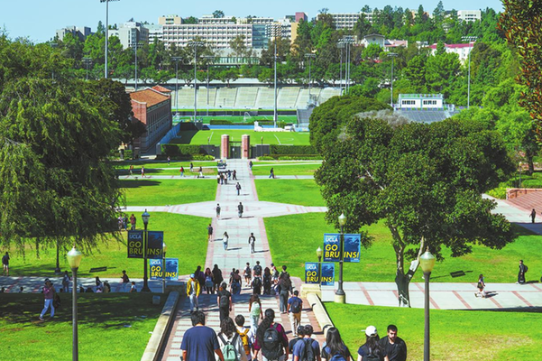China helps Indonesia hit the fast track


Landmark Belt and Road project brings many benefits
Ali Mustofa followed his Chinese instructor's guidance as he sat at the controls and tried to start a simulated high-speed train for the first time.
Undergoing training at the Bandung bullet train depot in Indonesia, Mustofa entered the train number and his driver ID details on the screen, watched carefully by his instructor, Mu Zhen.
"Keeping your fingers upright will help you avoid touching anything unintentionally," Mu said.
Mustofa then pushed a lever on the simulated device to display scenery on the large screen in front of him, with the scenery receding as the train pulled away. He continued pressing the lever to control the speed.
As the train accelerated, he read out, "45 kilometers per hour, 80 kilometers per hour, 150 kilometers per hour." As the maximum speed of 350 km/h was reached, he said, "That's fast!"
Mu told him, "You may feel dizzy the first time, but don't worry, you'll get used to it."
The simulator Mustofa is training on, which is being used to instruct the first-ever group of high-speed train drivers in Indonesia, was built by China, with the related scenery reproduced on a scale of 1:1.
The Jakarta-Bandung High-Speed Railway, or HSR, a landmark project that is part of the Belt and Road Initiative, or BRI, was built with Chinese technology. It has a total length of 142.3 km, linking Jakarta, the Indonesian capital, with Bandung in West Java province.
It is Southeast Asia's first high-speed rail service. The line's maximum speed of 350 km/h contrasts sharply with the previous highest railway speed in Indonesia of 120 km/h.
Indonesian President Joko Widodo inaugurated the line on Oct 2, and it began commercial operation on Oct 17.
























